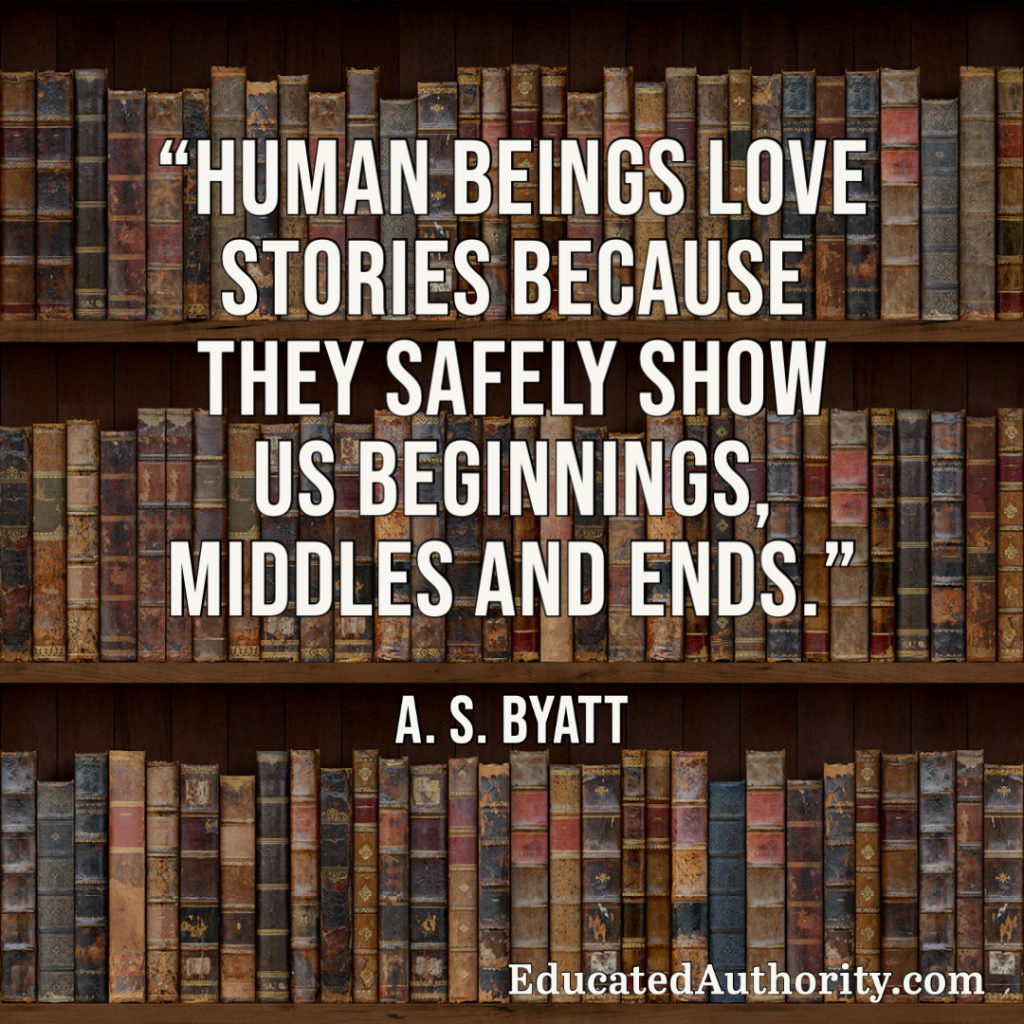“Human beings love stories because they safely show us beginnings, middles and ends.”
—A.S. Byatt
One of the things I love about biographies of great people is to watch them go through their lives without knowing how things would unfold. This is especially true as they are starting out. Abraham Lincoln certainly didn’t know he was “THE Abraham Lincoln.” George Washington didn’t know that he was “THE George Washington.” To be fair, I have no idea what Alexander the Great thought, let alone Ivan the Terrible. I guess that’s another lesson for another day…
Anyways, it’s no secret that your audience doesn’t come to you to simply learn. They’re seeking the one thing we are all seeking: transformation. They’re somewhere on that journey, and they don’t know where — none of us do.
It’s your job to tell them stories that resonate with their beginning. To help them identify with the middle, and see themselves living out the future you illustrate at the end.
So tell them stories. Tell them happy stories of arrival and fulfillment. Tell them scary stories of people who stepped out of line.
They want you to do this. They need you to do this.
Stories just plain work in so many ways…
We’re time traveling; going to the past and the future to prescribe what they should do right now.
Stories are also great ways of letting people come to the most persuasive possible conclusions — the ones they arrive at themselves.
Stories make a hard-to-swallow pill easier to manage.
Stories allow people to get around their ego and take an honest look at their lives through the lives of someone else, even if that person does not in fact exist.
Tell stories.
